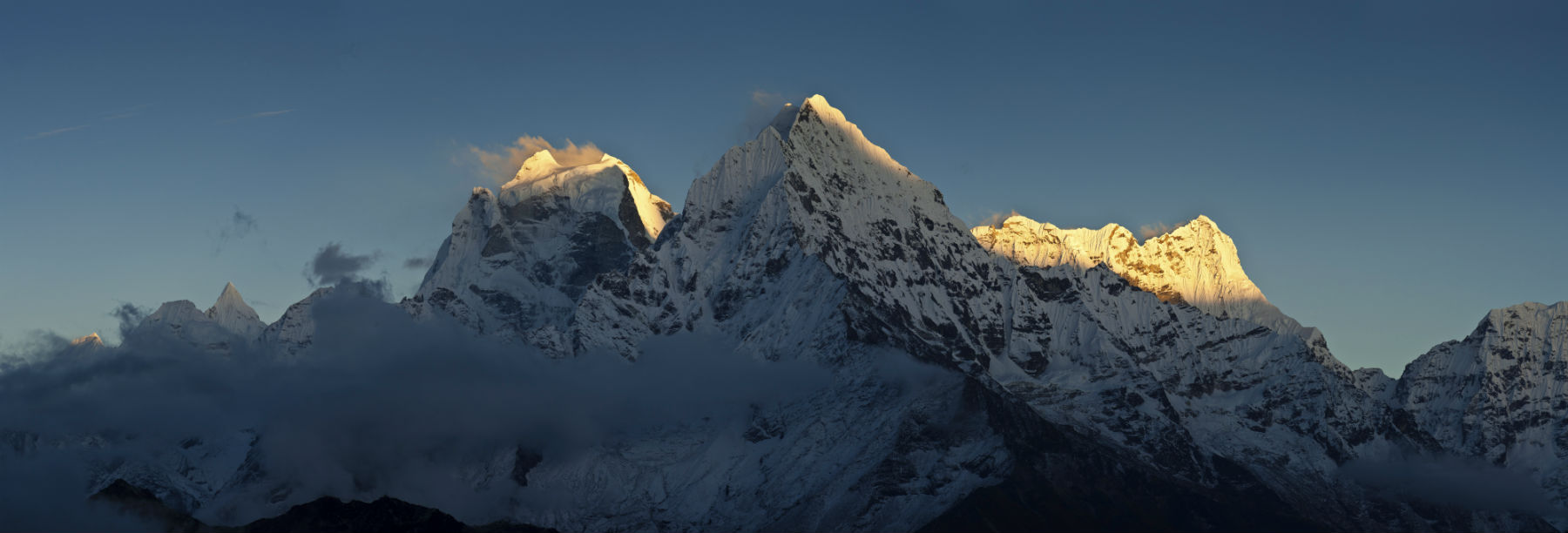The causes of earthquakes and why the Himalayan range cannot ignore this natural disaster
The deadly earthquake that shattered Nepal and nearby regions on Saturday has left one question in our minds: is there a way to avoid such disasters?
While humanity often faces the fury of nature, an earthquake is deadlier than many other natural disasters.
During floods, one has some time to protect people and property, while cyclones and hurricanes can be predicted. However, humans are not yet capable of confronting an earth-shaking disaster.
An earthquake can not only devastate a region in a matter of seconds, it also gives rise to other deadly disasters – tsunami, floods, avalanches and even fires – inducing a series of massive and dangerous after effects.

While we can predict other natural disasters like tsunamis, it is difficult to predict earthquakes with any precision. Scientists have tried different ways to forecast earthquakes, but have not yet found a successful method.
Currently, we can only predict the places where an earthquake is likely to strike. However, exactly when this disaster will take place cannot be predicted.
The video above depicts how an earthquake occurs. This same phenomenon occurred in the Himalayan country of Nepal, the latest natural tragedy that has left thousands dead and many more injured.
The Himalayas and earthquakes: A brief history

The Himalayas were themselves formed millions of years ago out of a gigantic collision between two landmasses, a floating island called India and the Asian continent. Did you know that the Himalayas are actually still growing?
The two landmasses continue to collide, causing the quakes. Here is a video that shows how the Himalayan range was formed:

OMG-inducing, share-compelling, like-attracting, clutter-breaking, thought-provoking, myth-busting content from the country’s leading content curators. read on...
